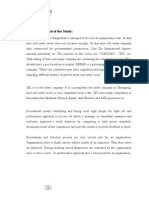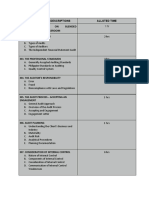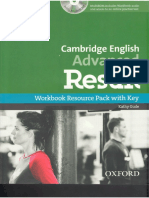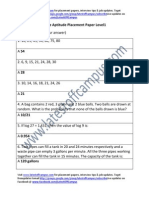0% found this document useful (0 votes)
29 views18 pagesMastering Prompt Engineering
The book 'Mastering Prompt Engineering' explores the art of crafting effective prompts to maximize AI output, emphasizing the importance of clarity, role assignment, and context. It introduces the CRAFT framework, which stands for Clear, Role, Action, Format, and Tone, to guide users in creating precise and effective prompts. The author shares personal experiences and practical examples to illustrate how mastering this skill can enhance productivity and communication with AI tools.
Uploaded by
sopnil260Copyright
© © All Rights Reserved
We take content rights seriously. If you suspect this is your content, claim it here.
Available Formats
Download as PDF, TXT or read online on Scribd
0% found this document useful (0 votes)
29 views18 pagesMastering Prompt Engineering
The book 'Mastering Prompt Engineering' explores the art of crafting effective prompts to maximize AI output, emphasizing the importance of clarity, role assignment, and context. It introduces the CRAFT framework, which stands for Clear, Role, Action, Format, and Tone, to guide users in creating precise and effective prompts. The author shares personal experiences and practical examples to illustrate how mastering this skill can enhance productivity and communication with AI tools.
Uploaded by
sopnil260Copyright
© © All Rights Reserved
We take content rights seriously. If you suspect this is your content, claim it here.
Available Formats
Download as PDF, TXT or read online on Scribd
/ 18




























































































